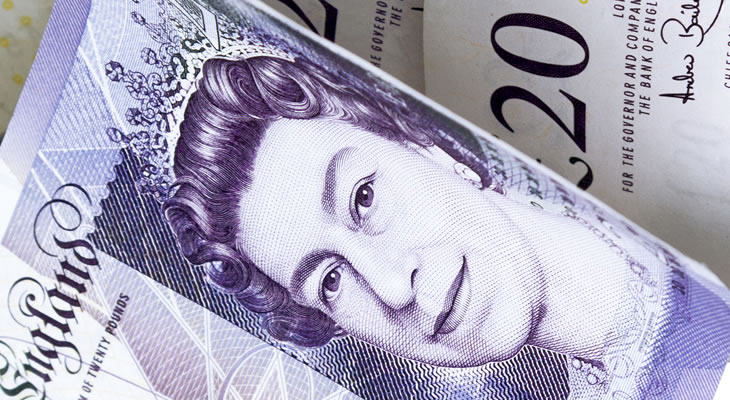Access to the single market is likely to be the key issue driving Pound Australian Dollar long term exchange rate movement.
Wil the UK get Access to the Single Market?
Chief amongst the worries facing the Pound over the coming months is whether or not the UK will get access to the EU single market after Brexit. There are several variables which could help or hinder the chances of this happening, including whether or not the Supreme Court upholds the ruling saying Parliament gets a say.
Markets are broadly confident that the eleven Justices will support the initial High Court ruling that Parliament must vote on the terms of Brexit. However, even if the government is forced by Parliament to be less focussed on immigration and prioritise single market access, significant headwinds remain.
The latest potential bump in the road is that a judge in the European Court of Justice (ECJ) has ruled that the resulting deal from trade talks between the EU and Singapore must be ratified by the national and local parliaments of all EU member states; a total of 37.
Considering Canada’s trade deal with the EU, several years in the making, was nearly derailed by a veto from a local Belgian authority, this could make getting a favourable deal even harder for the UK government.
Interbank GBP AUD Long Term Exchange Rates
At the time of writing the interbank GBP AUD exchange rates were trading at 1.71, while the AUD GBP exchange rates were trending at 0.58.
Over the past couple of weeks the GBP AUD long term relative strength indicators have been fluctuating around the 60 mark. This is higher than the 50 midpoint which indicates fair value, but still notably below the 70 threshold which suggests a currency pairing is overvalued.
The fact GBP AUD is holding above the midway point indicates that traders are more inclined to buy the Pound than the ‘Aussie’, although too much more of an upwards move could see investors beginning to sell out of Sterling before it becomes too overvalued.


Comments are closed.